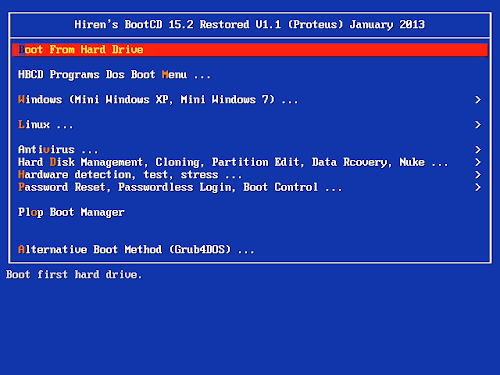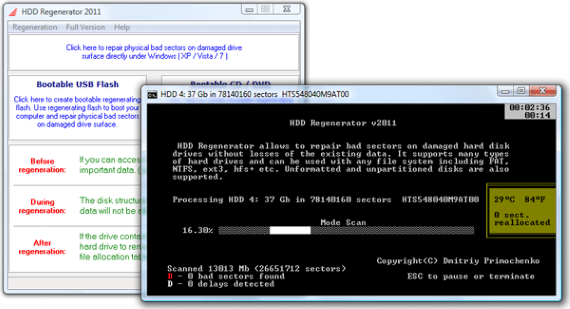

All RAID systems I've seen just kick the disk out of the array as soon as any read error is detected, which usually means the disk gets replaced long before running out of spare sectors. The drive may run out of spare sectors without the user noticing if it works in a replicated configuration, and there are other good replicas of the unreadable sectors, and the OS or RAID controller detects it, and remaps it by rewriting unreadable sectors with good data. This may be true for write-mostly workloads, but on a typical desktop computer bad blocks are detected by the OS very quickly, long before the drive runs out of spare sectors. "When the operating system begins to detect bad sectors, in most cases, it means that the surface of the hard disk is failing and the drive has run out of spare sectors with which to remap the failed sector." Preceding unsigned comment added by 68.115.74.106 ( talk) 06:46, (UTC) Spare sectors

just that the statement is not correct without a qualifier. I added a hastly worded addition after that but not intende for it to remain. "A bad sector is a sector on a computer's disk drive or flash memory that cannot be used due to permanent damage" this is not accurate as for example Windows can in accurately deem a sector a "Bad Sector" and relocate it when this is not always the case when a thorough tool such as Spinrite is used to thoroughly test, "bad sectors" that were incorrectly detected (by Windows for example) can be brought back into service if they should not have been marked bad in the first place. I hereby release the second paragraph of this article to the public domain under whatever license wikipedia desires.

5 Could someone please add this information to the article?.


 0 kommentar(er)
0 kommentar(er)
